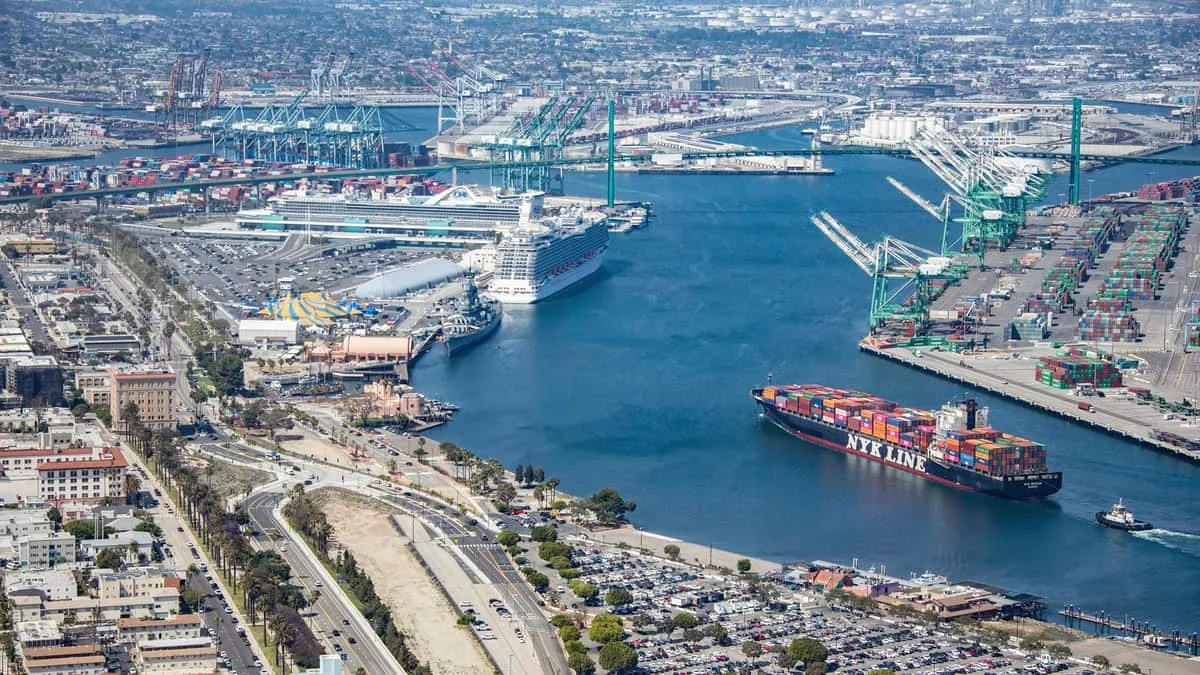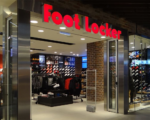Freight rail delays at the Port of Los Angeles have hit a two-year high due to record import volumes, driven by shifts in shipping patterns from East Coast and Gulf Coast ports and ongoing issues in the Red Sea. As a result, nearly half of all containers designated for rail transport are now experiencing delays of nine or more days, compared to an average of four days earlier this year.
September saw the Port of Los Angeles handle an impressive 954,706 twenty-foot equivalent units (TEUs), marking its best September on record. Executive Director Gene Seroka noted that 20,000 rail containers are currently awaiting loading, highlighting the growing backlog. Despite the congestion, Seroka emphasized that vessel and trucking operations remain unaffected, with rail delays as the primary focus.
The situation is further complicated by a variety of factors expected to influence container growth in the coming months, including an early Lunar New Year, the U.S. presidential election, and overall economic strength. Seroka indicated that October is projected to be another strong month for the port.
Meanwhile, at the Port of Long Beach, Executive Director Mario Cordero reported a similarly high volume of traffic, with rail dwell times averaging seven days, though the port has not experienced the same level of congestion as Los Angeles. With a 26% increase in on-dock rail movement, Long Beach continues to operate fluidly and is well-positioned to handle continued high cargo volumes.
Retailers and chemical companies, such as Home Depot, Walmart, and the Alliance for Chemical Distribution (ACD), are growing concerned about the potential for further delays as holiday and everyday items, including key chemicals used in household goods, continue to pile up. Retail executives have expressed confidence in meeting consumer demand despite these disruptions, with holiday sales expected to grow by 2.5% to 3.5% over last year.
Rail operators Union Pacific and BNSF are making adjustments to manage the increased flow of containers, but logistical challenges, such as a shortage of rail cars returning to the West Coast, are compounding the delays. Some logistics providers, like ITS Logistics, are bypassing rail terminals altogether and relying on truck transport to move goods further inland in an effort to avoid potential bottlenecks.
Both Union Pacific and BNSF have taken measures to increase capacity and improve efficiency, but the high volume of containers and disruptions like the East Coast port strikes and lithium battery fires continue to strain operations. Despite these efforts, average dwell times for containers being loaded onto rail can range from two to four weeks, leaving some shippers seeking alternative routes through East Coast ports to mitigate delays.
Looking ahead, continued uncertainty around East Coast labor negotiations and ongoing shipping diversions from the Red Sea region suggest that congestion at West Coast ports may persist for the foreseeable future, requiring stakeholders across the supply chain to collaborate in order to keep goods moving and avoid further disruptions.















